


'Counter-Strike 2': The veteran shooter fires a new round
Long ReadBorn in 1999, 'Counter-Strike' became and remains the king of competitive shooters. We take a look back at the secrets behind the series' longevity the release of 'Counter-Strike 2,' the successor to 'Counter-Strike: Global Offensive.'
Like a sniper, Counter-Strike 2 (or CS2) likes to take players by surprise. The multiplayer shooter video game had only a vague release date, summer 2023, when it was revealed in March by its US creator Valve. Finally released on Wednesday, September 27, it's sure to be one of the most acclaimed titles of the year despite the publisher not rolling out any real promotional campaigns.
For this, it can count on the vast community of fans of Counter Strike: Global Offensive (CS: GO), released in August 2012, of which CS2 is a free update. The previous installment in the series is the most-played video game on Steam, the leading platform for digital PC games, which is also owned by Valve; a record 1.8 million players were simultaneously connected to it in May. This fervor is also fueled by its competitions, which are among the biggest e-sport events on the planet: On May 21, over 12,000 people attended the final of the Major, Counter-Strike's biggest annual tournament, in the Parisian Accor Arena.
The first salvos
Dreamed up by Vietnamese-Canadian programmer Minh Le during his studies in 1999, Counter-Strike is a veteran of the video game industry. At the time, the 22-year-old created video games by modifying existing titles – a practice known as modding. The idea for Counter-Strike was born while he was tinkering with Valve's hugely popular Half-Life (1998), whose realistic graphics he appreciated. He teamed up with US video game designer Jeff Cliffe, and the duo perfected the first version of the "mod" in just two months.
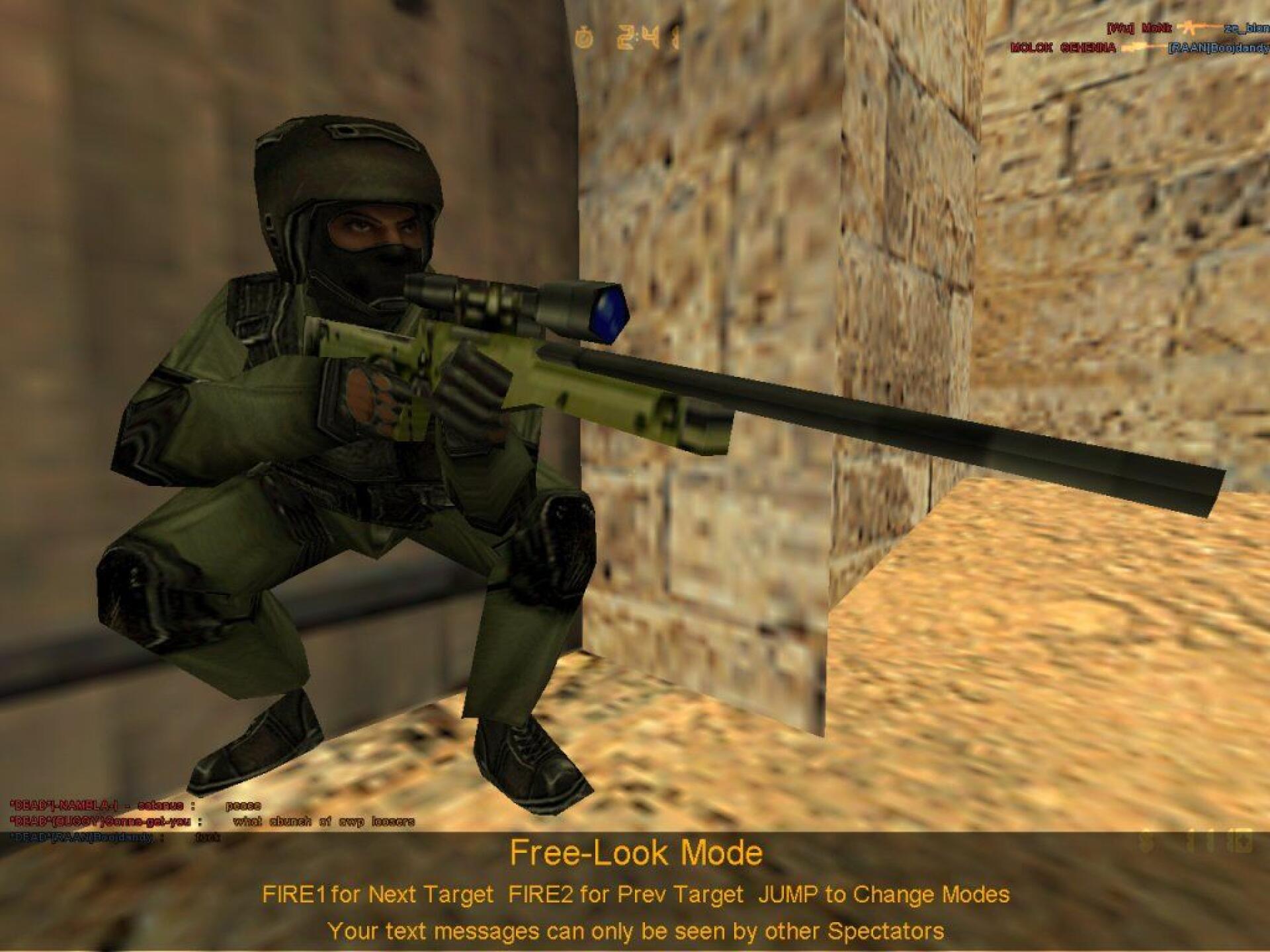
The concept is based on two opposing teams: Terrorists versus the forces of law and order. A team wins a round when it eliminates all opposing players or achieves its objective – the most popular scenario is to plant (or successfully defuse) a bomb.
Within a few months, Counter-Strike had won over FPS ("First Person Shooter") fans, who were often discovering the joys of multiplayer games thanks to the first broadband connections, cybercafés and local network competitions, "LAN-parties" (local area network parties). By March 2000, it was steadily establishing itself as the most-played shooting game online, observed the British site Eurogamer at the time. "It's flattering, but at the same time we know that it can dissipate at any time," said Le.
This success did not escape the creators of Half-Life. In early 2000, Valve bought the intellectual property of Counter-Strike from the two "modders" and hired them to develop an official version, released in November 2000, called Half-Life: Counter-Strike. The game reached a wider audience and was well-received by critics.
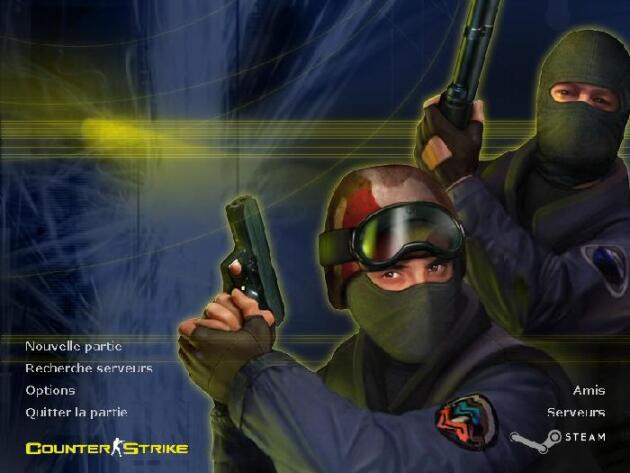
Then-rivals Quake III Arena and Unreal Tournament were no match for Counter-Strike's strategic depth. The most precise players with the best reflexes are not guaranteed victory: Before the game, each team must first manage its finances to buy weapons and equipment, and team coordination and knowledge of the levels are essential to win.
The heavy artillery of e-sport
The excitement surrounding the game soon led to the creation of teams and leagues in which players could compete. In December 2001, the Cyberathlete Professional League (CPL), the first professional e-sports competition circuit, organized an international Counter-Strike tournament in Dallas. It is regarded as the forerunner of the Majors, now managed by Valve.
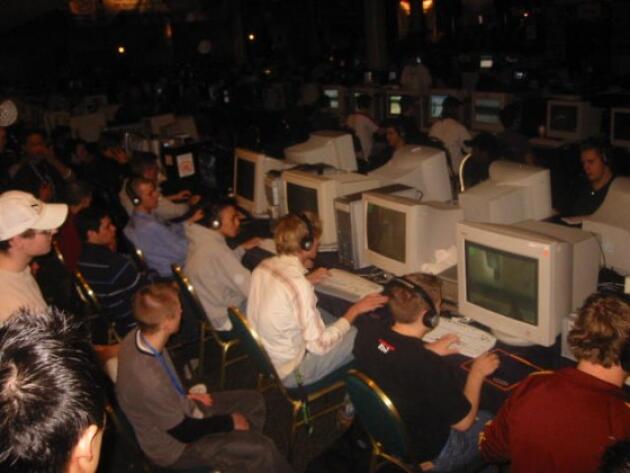
Its tactical and intense games provide a spectacle rich in twists and turns. The attendance of the public – mostly male, as professional player Stephanie Harvey, aka "missharvey" reminded Le Monde – is consolidated by the virality of YouTube videos from 2005, then Twitch live game broadcasts, after its launch in 2011. Eventually, tournaments became more professional, attracting the attention of new investors, sponsors, mainstream media and even politicians. During the Paris Major, two ministers were in the stands.
But scammers and cheats are also part of the game. Match-fixing scandals have rocked the professional circuit and, in 2021, the e-sport integrity commission banned three players from competitions for match-fixing. The dice can also be loaded in the amateur sphere, such as with hacks that allow you to aim automatically, see through walls or go faster. Since the game's inception, developers have had to constantly adapt to the new tricks of cheaters.
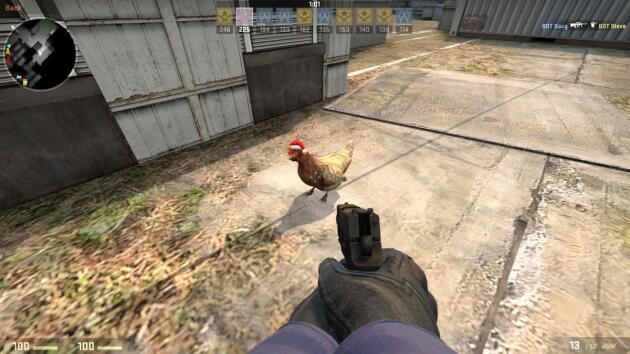
Arms race
However, these excesses have never seriously threatened the future of Counter-Strike. For the franchise, the most difficult equation to solve lies elsewhere: How to modernize without upsetting the gaming experience? Any radical change would call into question hours or years of player training. "You can't instantly bring a new game online without risking the integrity of the sport," Shaun Clark, head of Counter-Strike at the Electronic Sports League (ESL), said in June about CS2.
That's why Valve insisted on a visual facelift, with less dull colors, new lighting, more detailed textures and better smoke modeling. Iconic game maps like "Dust II" and "Mirage" have been embellished but not changed; altering their layout would be as disruptive to a player as moving the lines or dimensions of a football field before a new season.
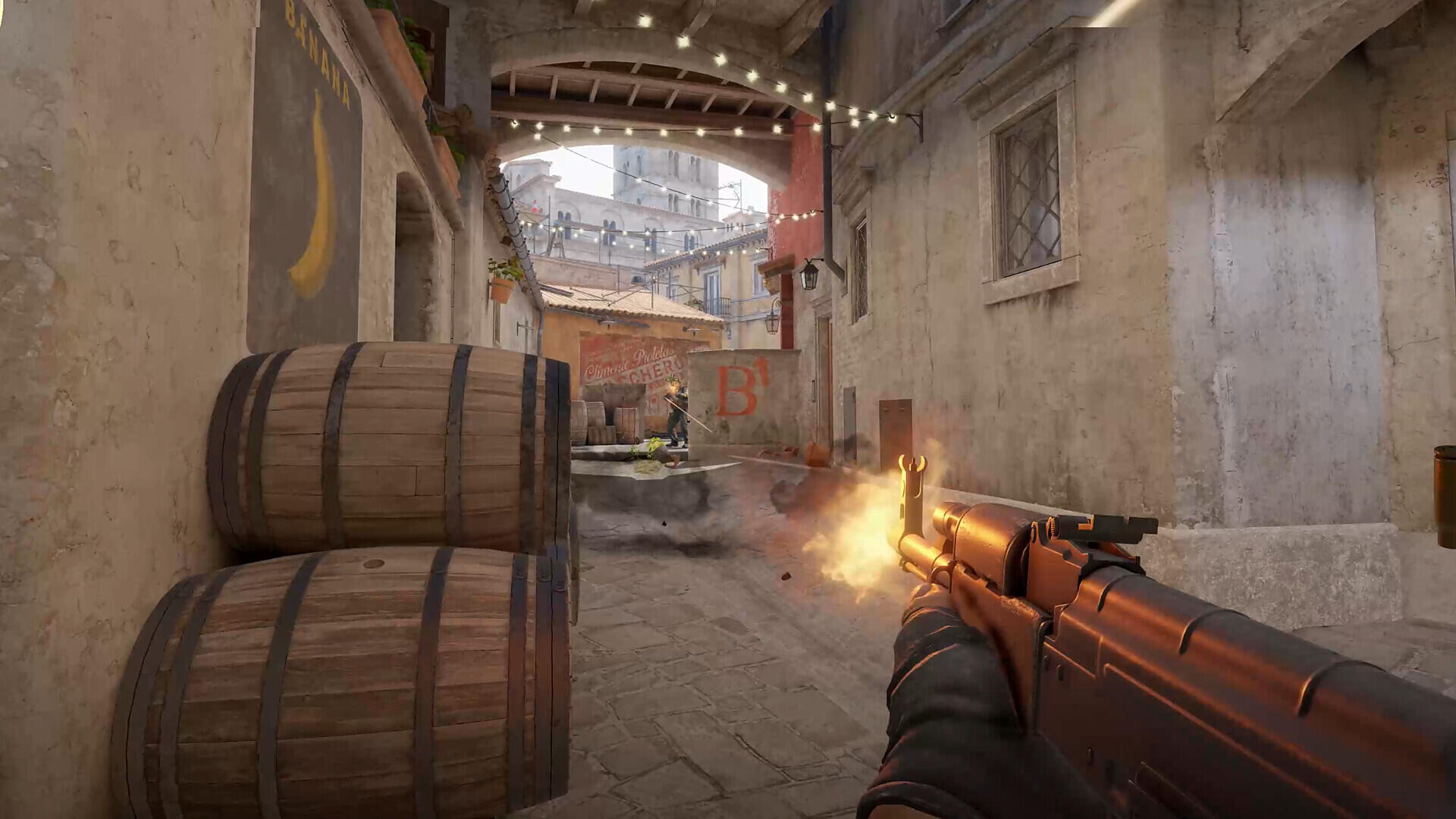
This concern for fidelity has ensured the series' longevity, but it also makes it inflexible. It's hard for it to adapt to the innovations of its rivals, such as PUBG: Battleground (2017) and its addictive "battle royale" principle, in which 100 players battle it out on an island, or the dynamism of Valorant (2020), which is more accessible to younger players. In 2019, Le confessed to having curbed his creativity for fear of "offending the community." He left Valve in 2006 to pursue new projects.
CS: GO nevertheless underwent a major transformation in 2013, with the introduction of skins. With no impact on the way the game is played, these virtual cosmetic objects – weapons or equipment of various appearances – can be bought or resold with real money. In addition to trigger-happy gamers, the venerable shooter now attracts collectors and speculators; some items trade at a premium, such as the rarest edition of the AWP Dragon Lore rifle (over $400,000), or the so-called "Blue Gem" version of the Karambit knife ($1.5 million). This expensive equipment will of course be automatically switched over from CS: GO to CS2: The sniper's mission is not to kill the goose that lays the golden eggs.
